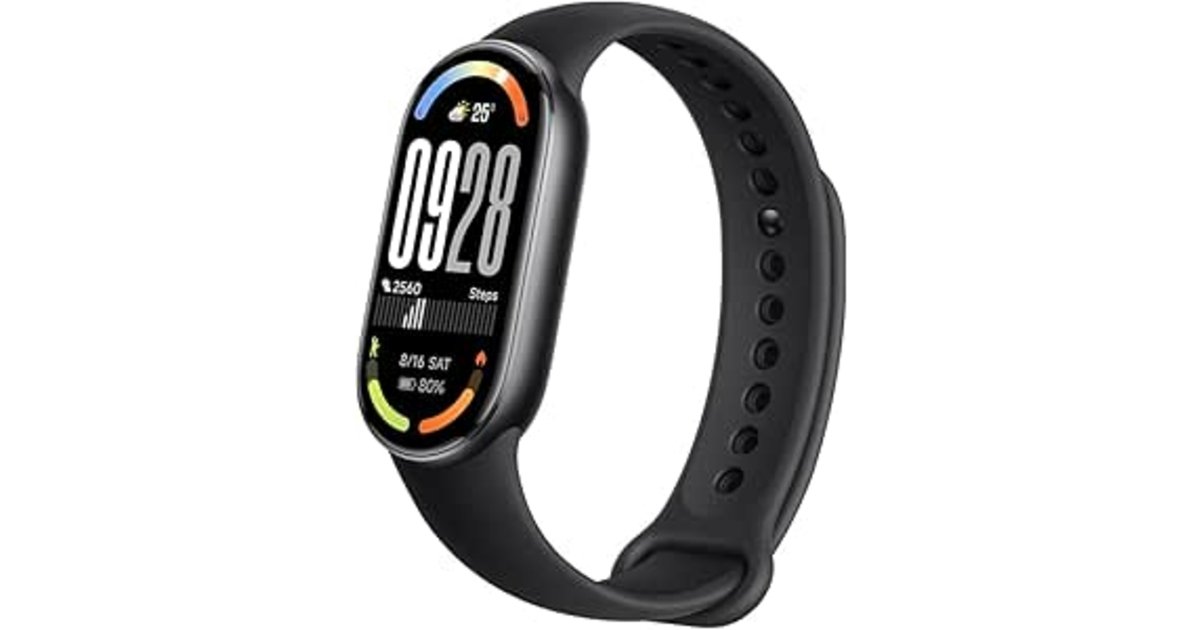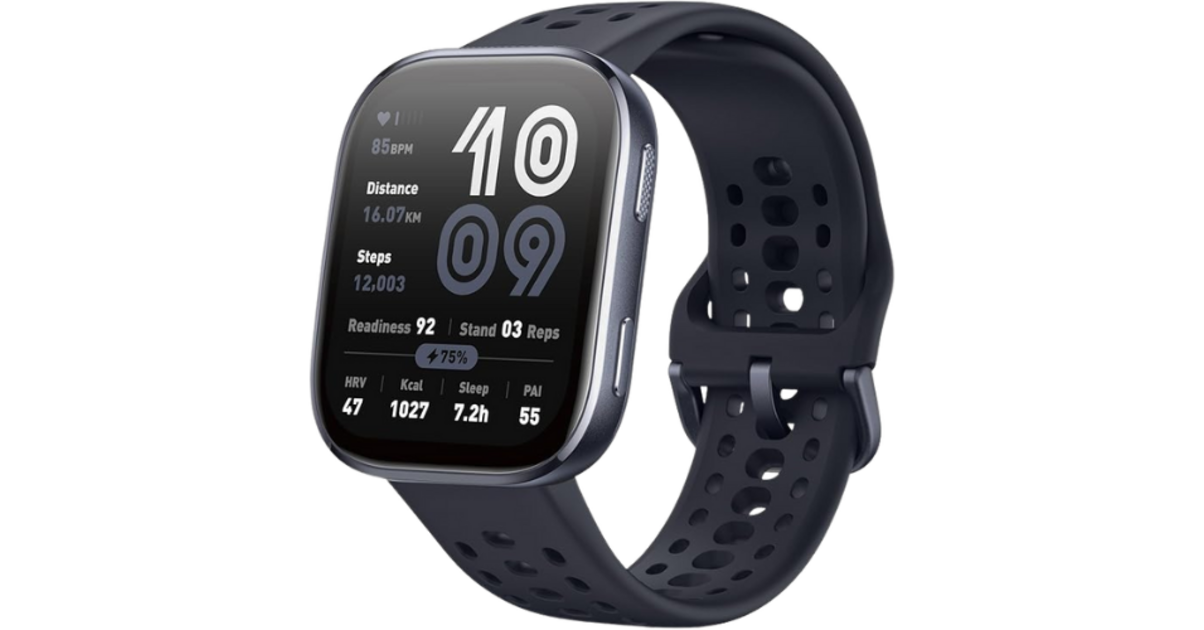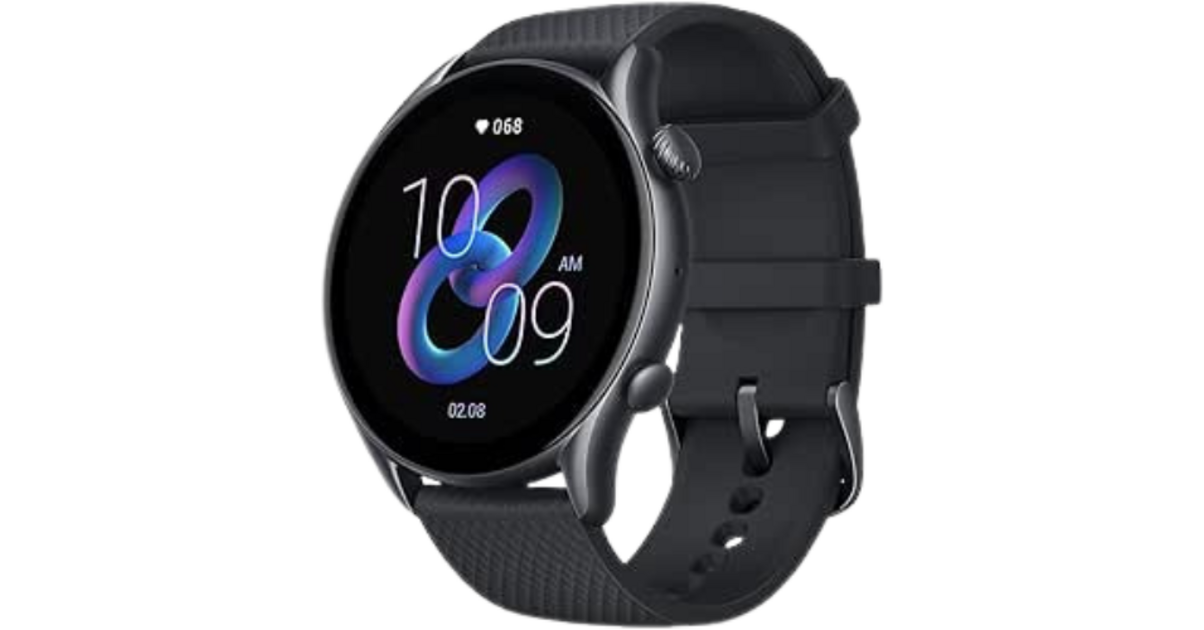Table of Contents
Software: HyperOS 2.0, it runs better
The 10 runs under HyperOS 2.0. The interface is smoother, more logical. Airy widgets, crisp transitions, finer vibrations. With a Xiaomi/Redmi smartphone, integration is immediate (notifications, music, weather, alarms). On Android in general, stability goes up a notch. And Mi Fitness remains readable, tidy, without chatter. For a thoughtful purchase on the “woman” target side and useful everyday compatibilities, this complete purchasing guide for current Xiaomi women’s connected watches to consult now will give you the benchmarks.
Bluetooth 5.4: small detail, great comfort
Transition to Bluetooth 5.4. In practice: goodbye micro-dropouts in music on Android (here, nothing more). It’s not sexy on a product sheet, but in use, it’s peace.
Autonomy: pleasant paradox
Yes, the screen is bigger. And yet, the 233 mAh battery holds better. Xiaomi announces up to 21 days (typical use). Our mixed measures (punctual AOD, activated sleep, default cardio, “normal” notifications) hold easy more than ten days before the half. Conservative estimate: we remain within the promise. Magnetic recharge in ~1 hour. You pose, you go, finished. For the very in-depth test of the model alone, review our detailed test of the Xiaomi Smart Band 10 in the field – we include all the useful screens.
Price: reason vs pleasure
€49.99 for the 10 at launch, against approximately €40 for the 9 when it came out (and often less on sale today). Ten euros difference which can be explained by the screen and the finishes. Honestly ? If you’re starting from scratch: take the 10. If you have the 9 and you just use it for notifications and sleep: keep it. If you spend half your life outside, or your eyes get tired: upgrade. Clear, clean.
Land: where, how, with what
Tests carried out around Toulousein clear then overcast weather (between 12 p.m. and 6 p.m.), on the road, indoors, at the swimming pool. Fixed points: Parc de la Ramée (≈ 43.5723, 1.3187) and green flow on the Tournefeuille side. Simple method: alternating sessions 30–45 min, active notifications, Bluetooth music, no standalone GPS (logical). Readability at noon is the real difference: the 10 maintains contrast where the 9 faded. Personal note: I ended up lowering the max brightness. Yes, really.
Swimming, cardio, sleep
In the pool, better detection of turns, sometimes “optimistic” lengths (like many bracelets). Cardio: improved responsiveness over intervals, correct continuous stability. Sleep: fewer artifacts, coherent deep phases, better captured awakenings. Nothing clinical, but better. And sufficient for everyday use. For a more sporty “watch” alternative, review our frank review of the Xiaomi Watch S4 for athletes if you want to go up a level.
Comparative technical sheet
| Features | Xiaomi Smart Band 10 | Xiaomi Smart Band 9 |
|---|---|---|
| Screen | 1.72” AMOLED – ~1500 nits | AMOLED 1.62” (or 1.47”) – ~700 nits |
| Resolution | ≈ 490 × 192 px | ≈ 466 × 180 px |
| Sensors | Cardio, SpO₂, stress, sleep, compass | Cardio, SpO₂, stress, sleep |
| Sports | 150+ modes | 120+ modes |
| OS/App | HyperOS 2.0 / Mi Fitness | Internal OS / Mi Fitness |
| Bluetooth | 5.4 | 5.3 |
| Battery | 233 mAh, up to 21 days | 233 mAh, up to 18 days |
| Recharge | Magnetic ~1 hr | Magnetic ~1 hr |
| Weight | ≈ 27g | ≈ 26g |
| Integrated GPS | No (via smartphone) | No (via smartphone) |
| Waterproofing | 5ATM | 5ATM |
| Price (launch) | ≈ €49.99 | ≈ €39.99 |
Which one to choose? Concrete use cases
You come from a Band 9
Office use + notifications + sleep: keep the 9. You won’t “gain” much in metrics. Regular outdoor use (cycling, walking, gardening, direct sunlight): take 10, just for the screen. Personally, I stopped squinting. And that, on a daily basis, matters. If you’re still hesitant, reread our detailed test of the Xiaomi Smart Band 10 in the field to judge on the images.
You don’t have any bracelet
Take the 10. For €10 more than a 9 (often less on sale), you secure readability, finish, Bluetooth stability. That’s the main thing. If you want a more “watch” dial and integrated GPS, switch to a watch instead (Xiaomi Watch S4, for example) – our frank review of the Xiaomi Watch S4 for athletes will give you the concrete difference.
You want GPS without a smartphone
It’s not here. The standard 10 does not have GPS. Yes, it’s frustrating. No, it’s not a bug. We choose: low price or autonomy, not all at once. For a general overview, keep the clear comparison of Xiaomi bracelets versus recent Huawei bracelets handy before any purchase.
Shopping experience (simple, efficient)
We target the color, we check the strap size (easy to change), we choose the pack (charger included, normally yes). Important: monitor the versions (international for full French). If you offer the bracelet, think about the readable “AOD” dial, this avoids the exaggerated wrist gesture (not everyone likes it). For a more “personalized” purchase on the women’s side, the current complete buying guide for women’s connected watches from Xiaomi to consult now will help you avoid unpleasant surprises when unboxing.
Ultra-clear summary
- Screen : huge progress (1.72″, ~1500 nits). That’s the argument.
- Comfort : Aluminum frame, better rendering, still very light.
- Functions: refined algorithms, bonus compass, no GPS.
- Software : Smoother HyperOS 2.0, stable Bluetooth 5.4.
- Autonomy: paradoxically better (21 days announced) despite the slab.
- Price : ≈ €49.99 — overpaid? No, justified by the screen.
- To whom: newcomers = Band 10 direct; owners of 9 = upgrade if full sun/frequent reading.
Field tests: Toulouse and surrounding areas (Parc de la Ramée, Tournefeuille green corridor). Method: 30-45 min sessions, active notifications, Bluetooth music, partial AOD. Author: David Deteve, L’Swiss Made Watch. Updated: November 2025.






